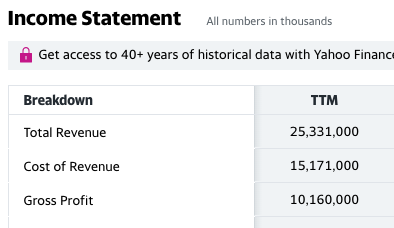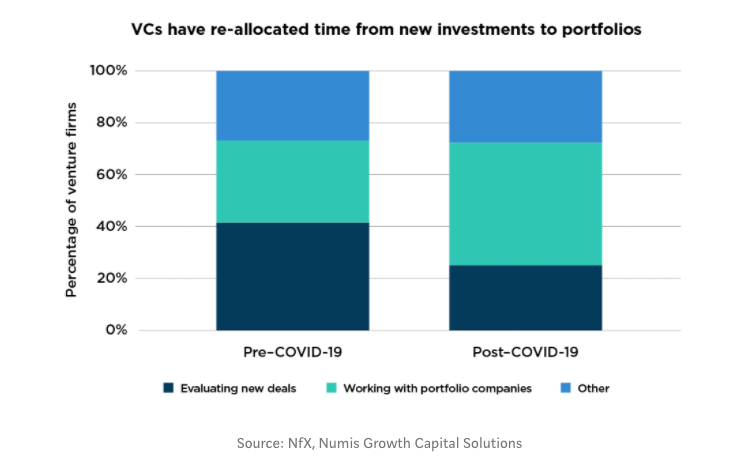Black Lives Matter
I believe that Black lives matter.
I understand that the phrase Black lives matter speaks to a movement to stop the murders of Black people at the hands of the police. I also understand that it speaks to a broader protest movement seeking to reduce the unchecked power of the police. I support these efforts and am sympathetic to them.
But the words Black lives matter mean even more to me.
They mean that a Black person’s life matters as much as any other person’s life.
They mean that the living situation of a Black person matters as much as anyone’s living situation.
They mean that the food a Black person eats matters as much as the food anyone eats.
They mean that the health care that a Black person has matters as much as the health care anyone has.
They mean that the education a Black person has matters as much as anyone’s education.
And they mean that the economic opportunity that a Black person has matters as much as anyone’s economic opportunity.
My record and that of the USV is poor on that last measure.
We have spent much of the last week at USV talking about that and we talked about it publicly on our blog and Twitter yesterday.
When the collective minds at USV focus on something we have always met our goals.
While we are late to put our collective minds on this opportunity, we are not too late. And we have already started our work on it.
We will do this the way we do everything at USV. We will stick to our thesis of access to capital, knowledge, and well-being. We will back teams that are working on these problems in ways we think are impactful. And we will be engaged, honest, and present in the work.


